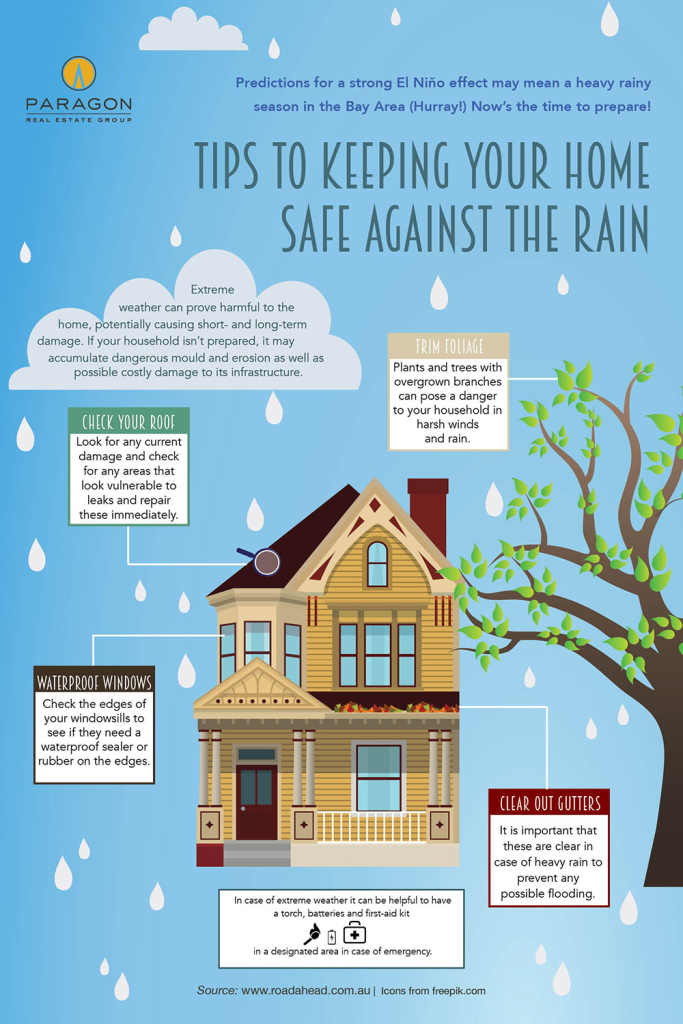Typical Risks In Roofing System Installation And Ways To Sidestep Them
Typical Risks In Roofing System Installation And Ways To Sidestep Them
Blog Article
Content Composed By-Mckee Castillo
When you're planning a roofing system setup, it's easy to overlook important details that can bring about considerable issues down the line. You may be attracted to reduce edges on product option or skip proper blinking setup, yet these common errors can bring about expensive fixings later. Recognizing the value of ventilation and sticking to local building codes is vital for an effective job. So, what are the vital actions you should take to ensure your roofing stands the test of time? Allow's explore some effective approaches to avoid these mistakes.
Poor Product Choice
When it comes to roofing system setup, choosing the incorrect products can result in costly problems down the line. You may believe that any kind of roofing product will certainly do, however that's a typical misunderstanding. It's important to choose materials that suit your local climate and the particular needs of your home.
For example, if you live in a location with heavy rainfall or snow, selecting asphalt shingles may not be the most effective option. Instead, think about even more sturdy choices like metal or slate.
In addition, take note of the quality of the materials you're considering. Economical products could save you money upfront, but they typically do not have durability and can cause constant repair work or substitutes.
You ought to also consider the design of your home and guarantee the materials you choose will certainly preserve its aesthetic appeal.
Finally, don't forget to talk to specialists. They can provide beneficial insights and advise products that adhere to regional building ordinance.
Investing time in proper product choice currently can aid you stay clear of frustrations and expenditures in the future, making your roof covering task a success.
Inadequate Flashing Installation
Picking the appropriate products isn't the only element that can lead to roof issues; inadequate flashing installation can likewise produce substantial concerns. Flashing is crucial for directing water away from susceptible locations, such as chimneys, skylights, and roof covering valleys. If it's not installed effectively, you run the risk of water invasion, which can cause mold and mildew development and structural damage.
When gutter installations in san antonio tx install flashing, guarantee it's the ideal kind for your roof's design and the regional climate. For instance, steel flashing is often a lot more resilient than plastic in areas with heavy rainfall or snow. Ensure the flashing overlaps suitably and is secured snugly to prevent voids where water can leak via.
You should likewise focus on the installment angle. Blinking must be placed to direct water far from the house, not toward it.
If you're uncertain concerning the setup procedure or the materials needed, consult a specialist. They can assist determine the very best blinking alternatives and make sure everything is set up correctly, securing your home from possible water damage.
Taking these actions can save you time, cash, and headaches down the road.
Neglecting Air Flow Demands
While lots of homeowners focus on the aesthetic and structural aspects of roofing system setup, disregarding air flow needs can lead to severe long-term consequences. Appropriate ventilation is important for controling temperature level and dampness levels in your attic, protecting against issues like mold development, timber rot, and ice dams. If you do not set up sufficient ventilation, you're establishing your roofing system up for failing.
To avoid this blunder, first, assess your home's certain air flow requirements. A balanced system commonly consists of both consumption and exhaust vents to promote air flow. Ensure Visit Web Page have actually mounted soffit vents along the eaves and ridge vents at the height of your roof. This mix enables hot air to leave while cooler air gets in, keeping your attic room area comfy.
Additionally, take into consideration the sort of roofing product you have actually picked. Some products may need extra air flow approaches. Ascertain your neighborhood building regulations for ventilation standards, as they can vary considerably.
Lastly, do not neglect to inspect your ventilation system consistently. Obstructions from particles or insulation can hinder airflow, so keep those vents clear.
Conclusion
Finally, preventing common roofing setup errors is vital to ensuring your roof's long life and effectiveness. By picking the ideal materials for your environment, setting up flashing correctly, and dealing with ventilation demands, you can avoid pricey issues in the future. Don't neglect to acquaint yourself with local building regulations and routine regular evaluations. With these actions, you'll appreciate a risk-free, durable roof covering that protects your home for several years ahead. Delighted roofing!
